Why you may not maintain adherence towards the gym.

Exercise has never been more accessible than it is today. In terms of weight training, most areas in the UK have several gyms for every budget, ranging from £20 per month commercial gyms, right up to country clubs that charge several hundreds of pounds per month. Regarding outdoor sports, there’s plenty of clubs and cycle routes out in public and running solo will always be completely free. Furthermore, exercise from home became massively popular during the COVID 19 Pandemic, with the use of Peloton Bikes, as well as free home-based circuit training on YouTube becoming increasingly popular.
Despite this high amount of accessibility, only 6 percent of UK males and 4 percent of females meet the Department of Health’s recommended levels for activity. Why might this be the case? Giving exercise a go in the first place is not so much of an issue. Hence the massive boom in gym memberships every January, as well as the huge purchase of home gym equipment in the pandemic. The main issue is with adherence to these changes to one’s lifestyle. The ability to adhere to a training programme will differ between individuals. However, I have chosen some very common factors which, when stuck to, will make it significantly easier to stick to a training programme.
Firstly, there’s enjoyment of the exercise itself. Choosing a form of exercise that you actually enjoy (or in some people’s case, find more tolerable than others), is crucial. Whether it be exercise, food, a hobby, a relationship or a job, if you do not enjoy it then you are not going to stick to it for long. One caveat is that your chosen exercise must align with your goals. For instance, if you want to put on muscle but only love running, then this will not work, you will need to be resistance training regularly. However, there is plenty of flexibility within this: you can choose high vs low reps, the addition of drop-sets, super-sets, rest-pause sets, giant sets etc. So, you can tailor your sessions around your own preferences.
Next, having high quality goals is key. We can follow the acronym SMARTER to create a high-quality goal. S stands for specific. For instance, we would change the goal ‘I want to be able to run faster’ to ‘I want to improve my 5k PB’. This way, we know to focus the training on 5k performance and not just a general running programme. M stands for measurable. This goal has already partly been made measurable by adding in 5k. However, we can make it even more measurable by saying ‘I want to improve my 5k PB from 25:30, to 23 minutes’. A stands for achievable and R stands for realistic. Having an overwhelming goal can be very disheartening. Wanting to improve your 5k PB from 25 minutes to 23 minutes is very realistic. However, wanting to improve it from 25 minutes to 14 minutes will be near impossible for the majority of people. T stands for Time Bound. You need to set an end date on this goal to help create urgency. An example being, I want to improve my 5k PB from 25 minutes to 23:30 in 3 months is a realistic, time bound goal for a relative novice. E stands for Evaluate. Your goal needs to be frequently evaluated, to see if your training needs to be adjusted part way through, in order to increase your chances of actually achieving the goal. R stands for recognise. You need to recognise the little wins along your way to your end goal and appreciate how far you have come on your journey. If your goal satisfies all these conditions, it should provide a clear and motivating target to aim for.
Finally, we need to look at the social aspect of training. Often in life we associate our enjoyment towards an activity closely with the relationships attached to it. For instance, plenty of people enjoy drinking in pubs, however how much they enjoy this activity is hugely dependant on the relationship they have with the people they go with and exercise is no different. If you find yourself unable to adhere to an exercise programme, choose a training partner who you enjoy spending time with. Furthermore, having a training partner gives the added bonus of accountability. If you have a time set to meet someone at the gym, this makes it a lot more likely to happen as opposed to you planning to go alone and then not really feeling like it when the time comes around.
Alternatively, you can kill several birds with one stone and hire a good quality personal trainer. This will not only create a positive social aspect to training once a strong relationship is built, they will also help you create effective SMARTER targets and work closely with you to formulate a training programme which aligns with your goals, involving sessions that you actually enjoy performing.
Overall, I hope this article has helped identify some key elements for you to focus on when embarking on changing your lifestyle for the better.

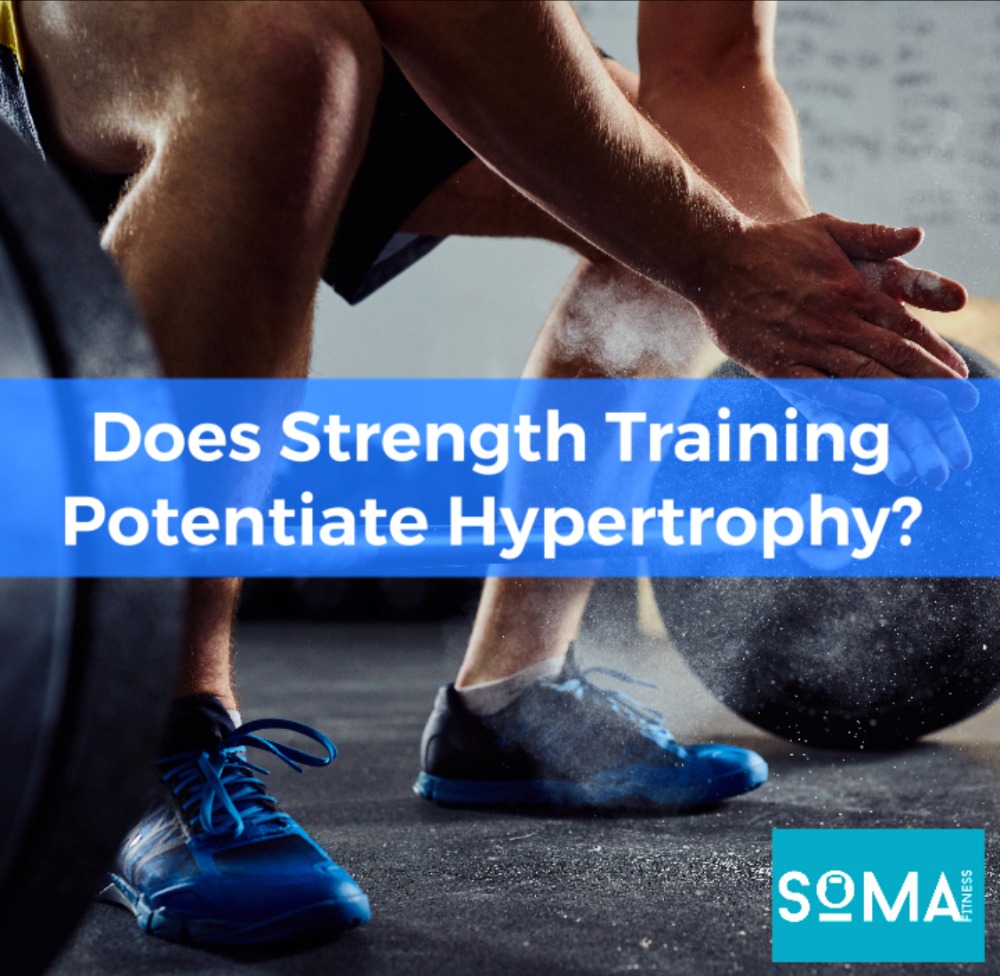

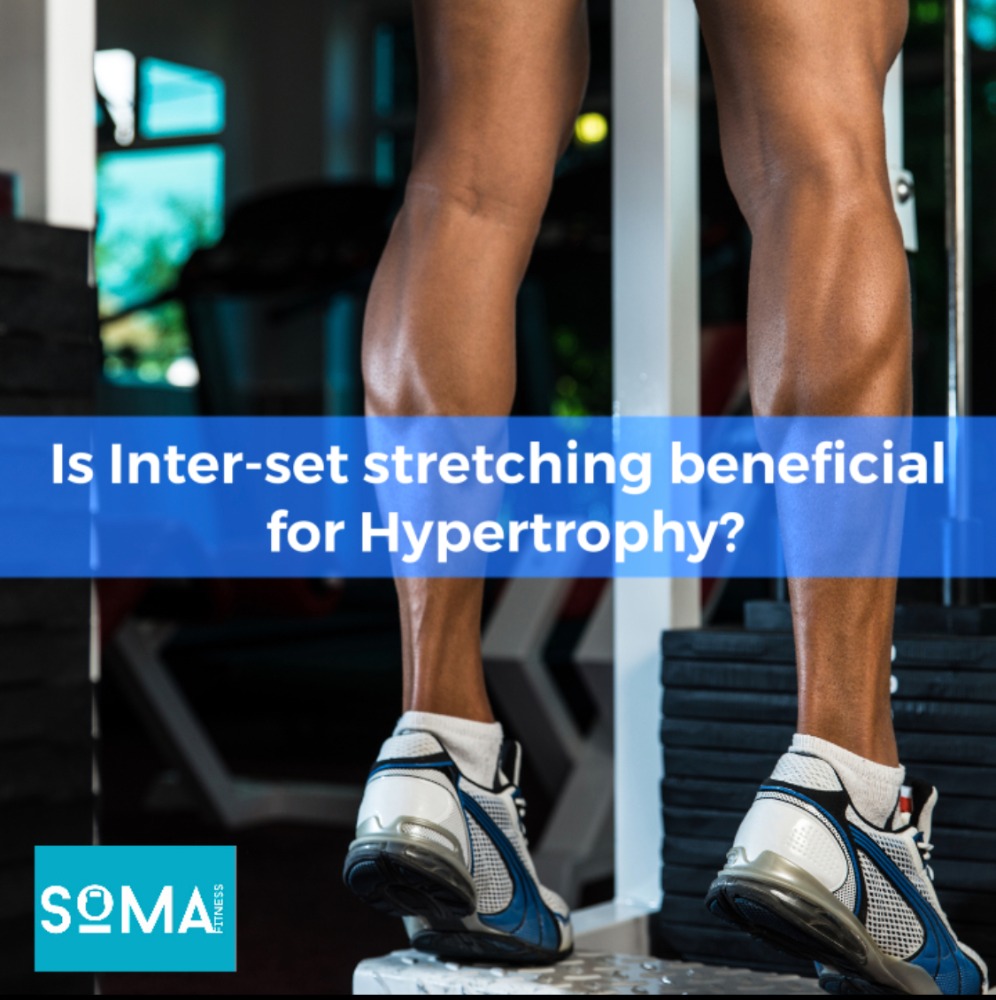

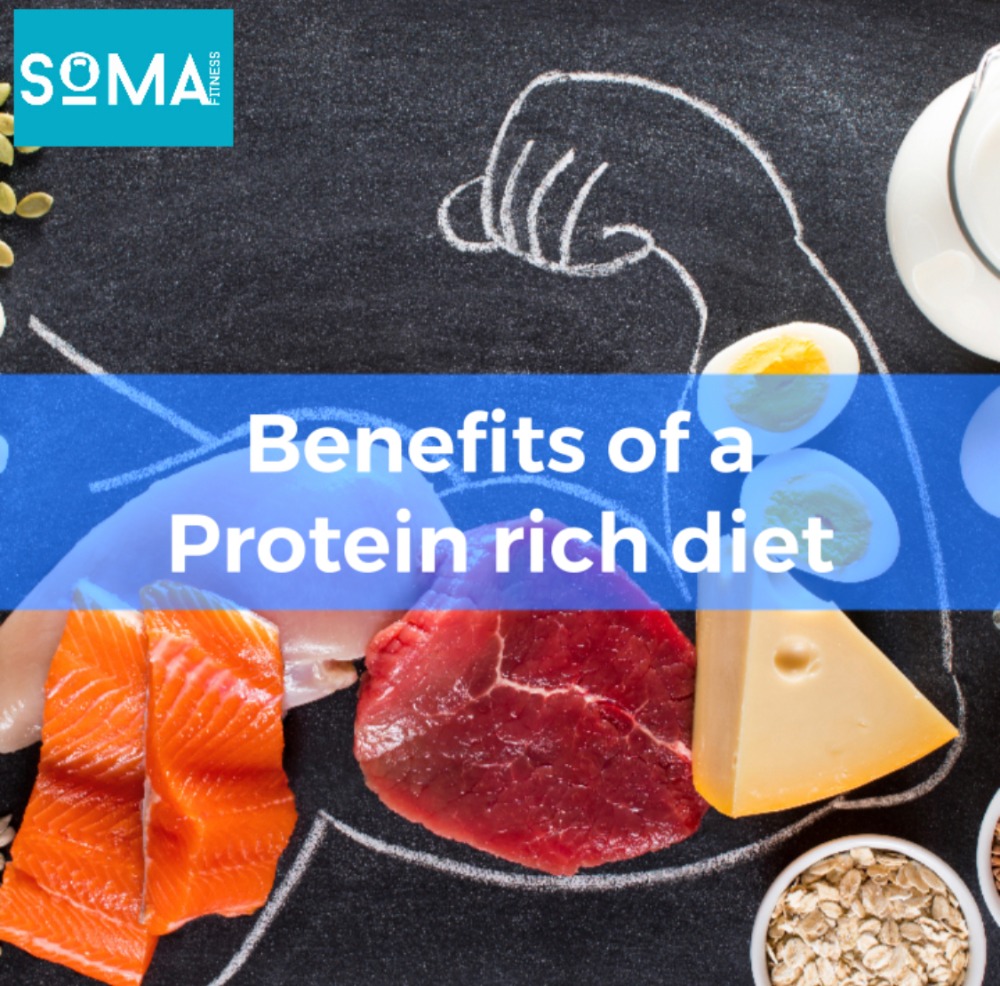
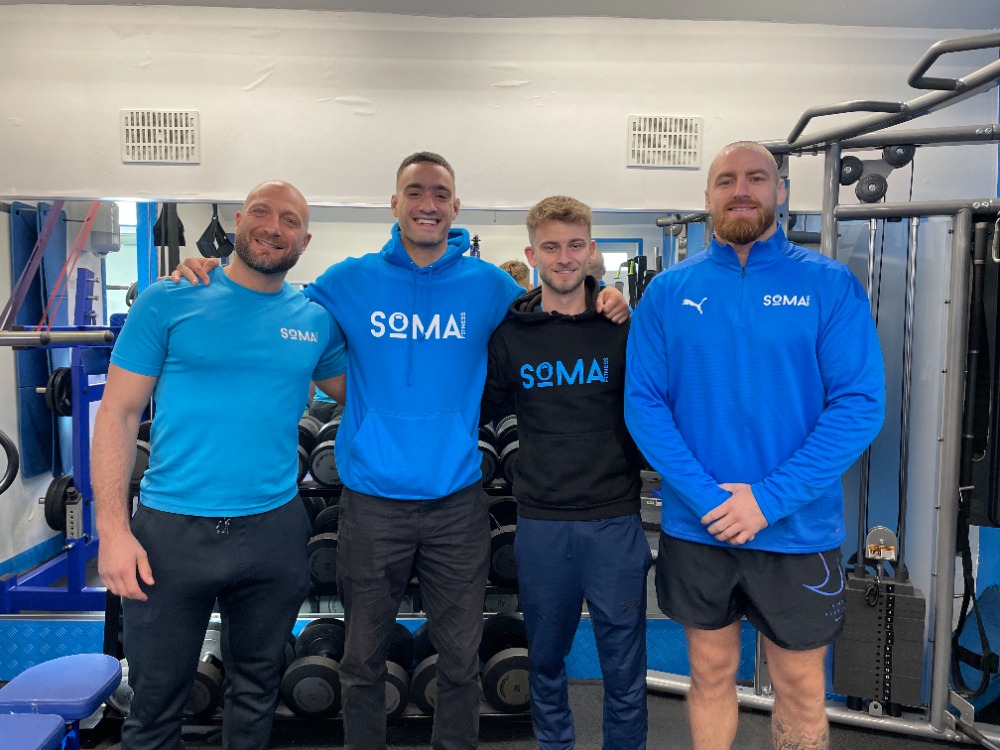

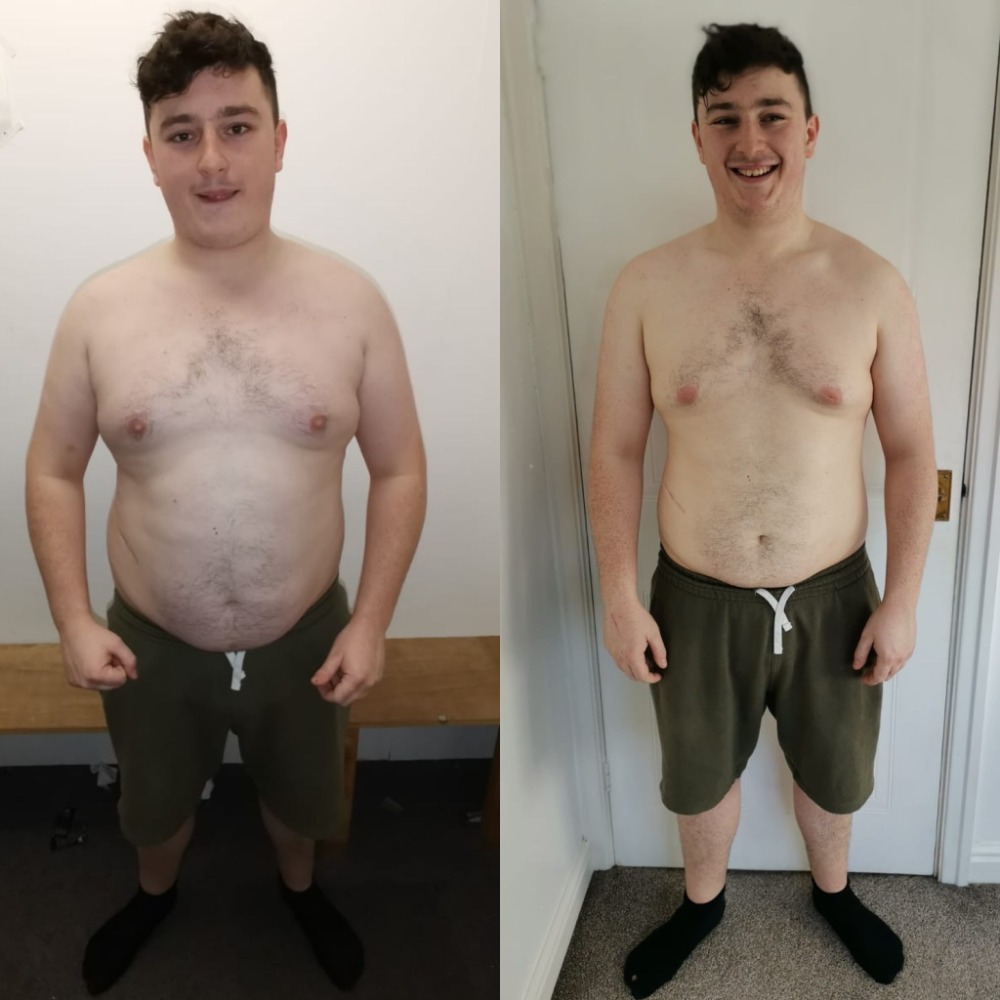
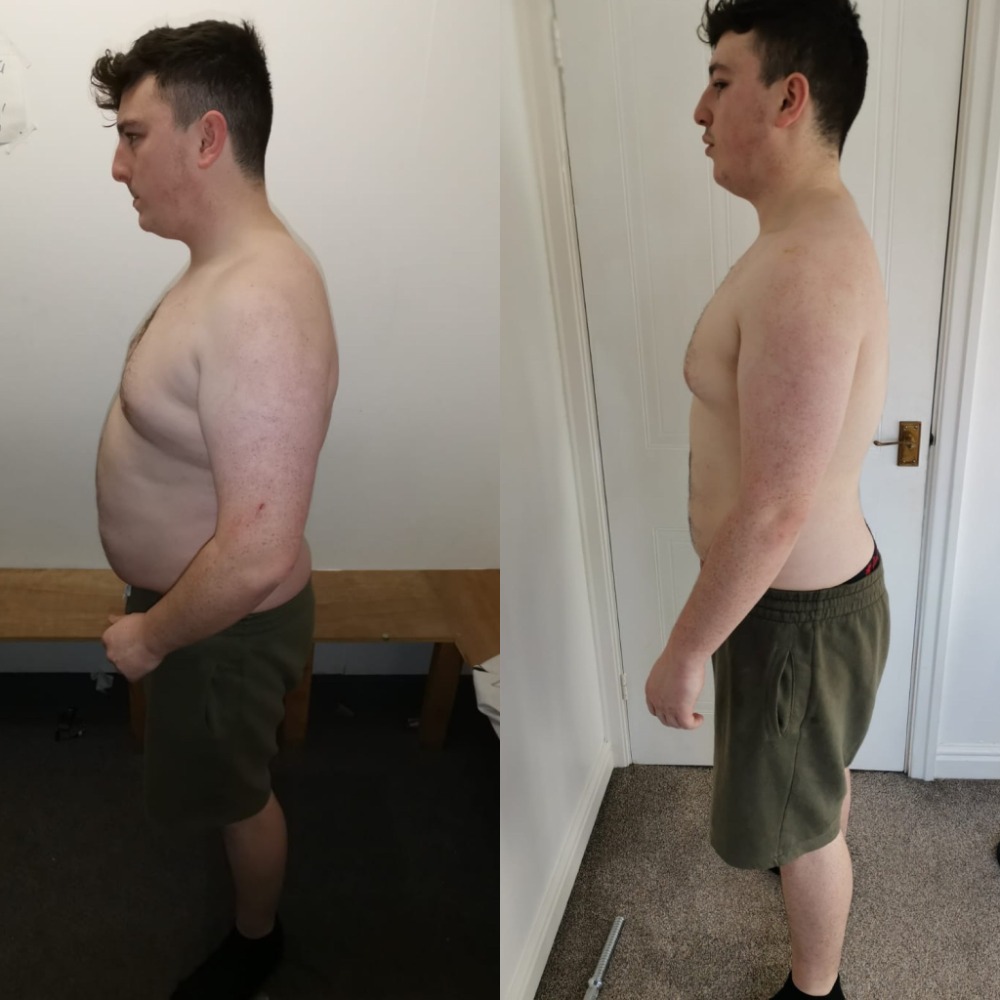
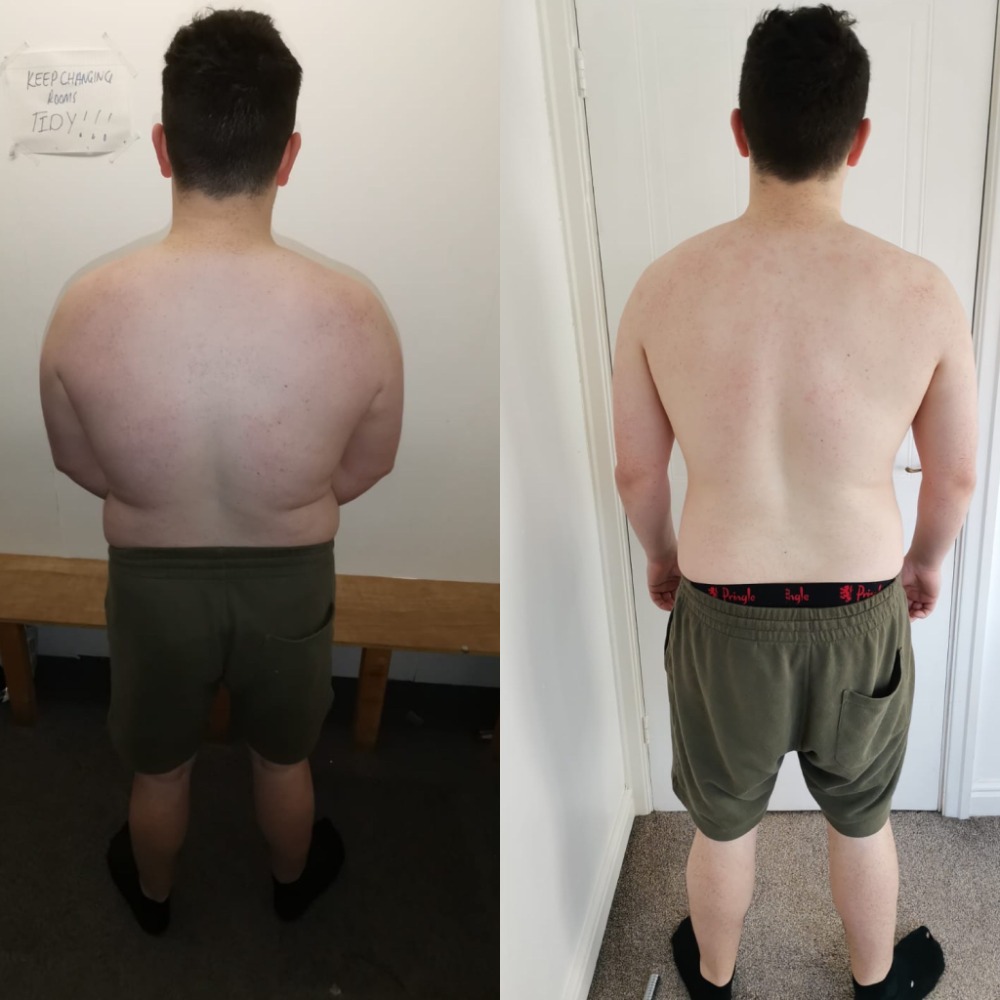

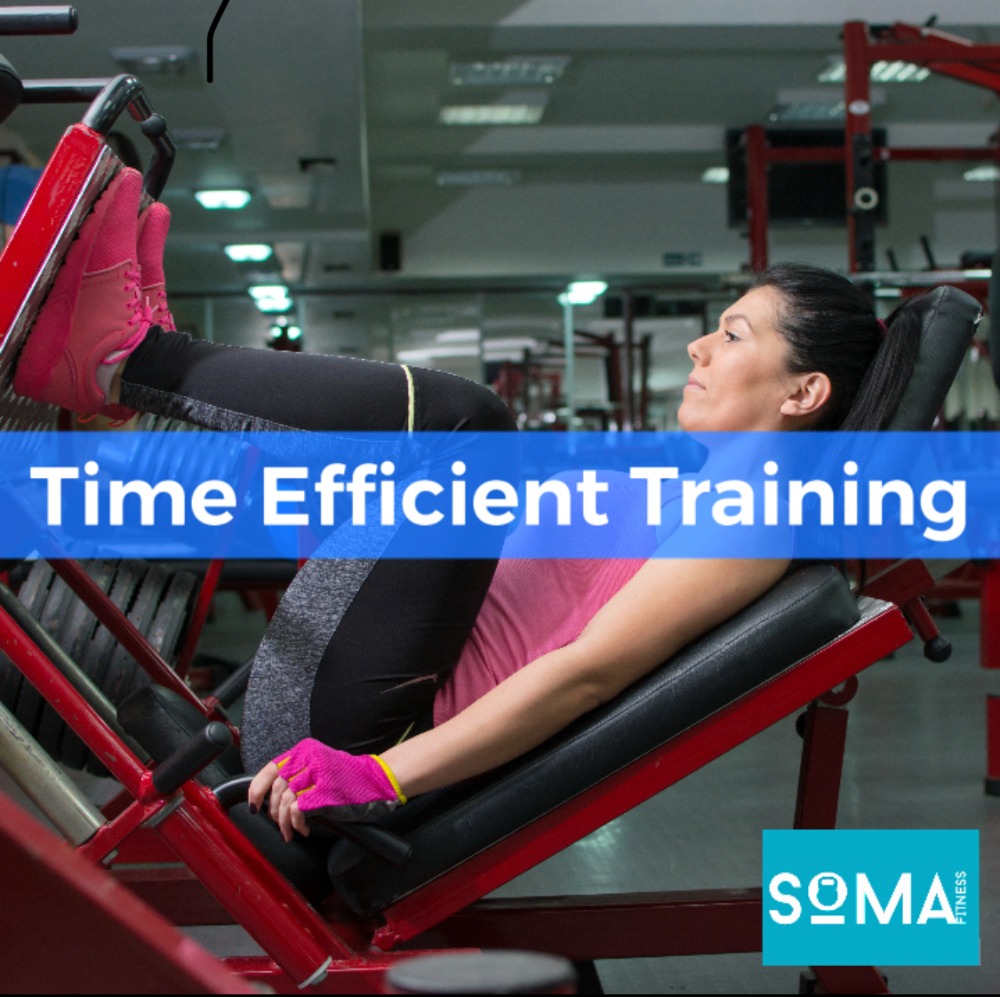
Recent Comments